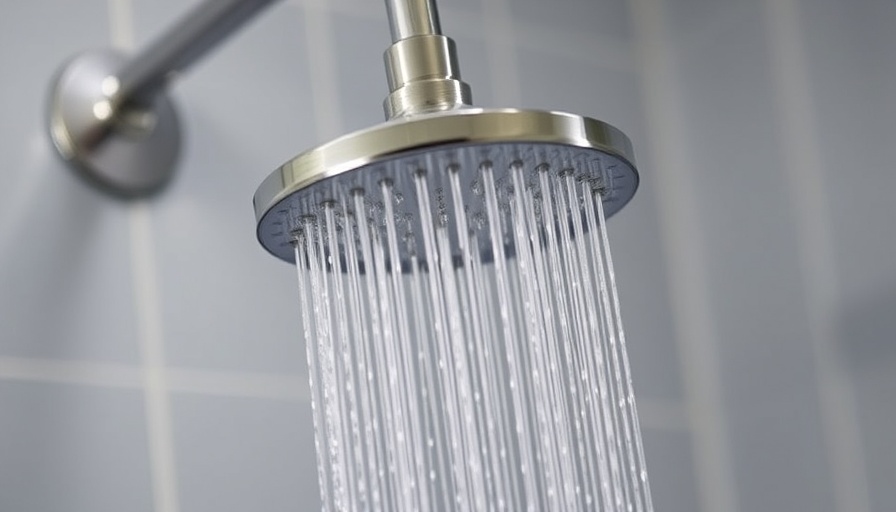
The Showerhead Wars: A Battle Between Efficiency and Freedom
The recent decision by the Trump administration to repeal efficiency standards for showerheads has rekindled a contentious debate surrounding water usage and environmental sustainability. Just a short time ago, President Biden reinstated regulations that capped flow rates at 2.5 gallons per minute—guidelines aimed at promoting conservation and reducing waste. This latest rollback, often described as a return to 'common sense,' raises important questions regarding the long-term implications on water resources and energy consumption.
Understanding the Repeal: What’s at Stake?
This decision is framed by proponents as an enhancement of consumer choice, allowing homeowners to select more powerful showerheads that increase water pressure. However, the cost of this newfound freedom may be significant. The shift from a regulated standard to an unrestricted market could pave the way for increased water waste in households across the country. In London, where water supply has been under increasing pressure, such regulatory rollbacks could lead to greater environmental degradation and heightened water bills for consumers.
The Environmental Impact: Numbers That Matter
According to the EPA's WaterSense program, households can save approximately 2,900 gallons of water per year by using efficient fixtures. Moreover, less water translates to lower energy bills, as less hot water needs to be heated. With an average price of £1.50 per cubic meter in London, the financial implications of this rollback could hit residents hard in their wallets while exacerbating issues relating to water availability. In a city grappling with aging infrastructure and climate change, what seems like a minor alteration has significant repercussions.
Historical Context: A Pattern of Regulatory Swings
This is not the first time we’ve witnessed such rapid regulatory swings—over the last decade, the U.S. has seen multiple administrations grapple with the balance between regulation and consumer autonomy. Obama’s original regulations aimed to ensure that efficiency standards keep pace with evolving technology. The subsequent retraction by Trump, and now Biden's reinstatement, highlights a persistent ideological battleground concerning environmental policy and consumer product standards. For London homeowners, this historical context underscores the push-pull nature of sustainability efforts, reflecting not just trends in energy consumption but also the political climate surrounding these critical issues.
Showerheads and Beyond: Broader Impacts on Home Design
Beyond just water fixtures, this regulatory shift speaks to a larger narrative of how household appliances fit within sustainable architecture. Homeowners investing in green technology and eco-friendly designs often consider the efficiency of their plumbing fixtures alongside energy use. The current political climate presents challenges for those aiming to embrace sustainability in their home renovations, as policy instability can deter investment in energy-efficient technologies.
Consumer Choices: Empowering Homeowners with Knowledge
In light of this rollback, it’s crucial for homeowners in London to reflect on how their choices impact not just their home environment, but also the larger ecological framework. Understanding the financial and environmental implications of different showerheads enables consumers to make informed decisions. Opting for low-flow showerheads, despite policies that might remove constraints, can lead to less waste and result in long-term savings.
Conclusion: The Path Forward
The conversation surrounding the efficiency of household fixtures must continue, especially in light of fluctuating regulations. As homeowners, embracing water-saving technologies can help mitigate the effects of bureaucratic changes and foster a culture of sustainability that prioritizes the health of our environment. Residents in London are encouraged to seek out innovative and efficient home solutions that align with eco-friendly practices. Take action now to positively influence the future of sustainability in your home and community.
 Add Row
Add Row  Add
Add 




Write A Comment